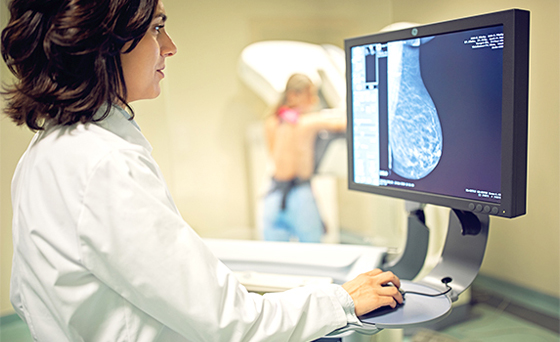MRI Contrast Media

توضیحات محصول
agnetic resonance imaging Contrast Media (MRI Contrast Media), also called Magnetic resonance imaging Contrast Agents, which is Gadolinium based contrast agent (GBCA), mainly refers to: after being introduced into the body through a certain way (generally intravenous injection), the MRI contrast media can produce more obvious image contrast between interest range and surrounding tissues. Different from the iodinated Contrast Media of CT/X-ray, the MR Contrast Media acts indirectly by affecting the proton relaxation time of the molecule. When entering the blood vessels and tissues of the contrast agent gadolinium in the body, the MRI contrast media can shorten the relaxation time of T1 to enhance image contrast. The classic Contrast Media for MRI has wide indications, high detection rate, high safety and cost-effectiveness.
Types of MRI Contrast Media
Gadopentetate Dimeglumine Injection/API
Gadopentetate Dimeglumine Injection is the first domestic Gadolinium Contrast Media launched in China by Beilu Pharma in 1992. It has the same safety efficacy as the original product, but more cost-effective. Beilu Pharma offer linear and macrocyclic gadolinium based contrast agents with specifications of 469mg/ml 10ml, 12ml, 15ml, 20ml.
Gadobutrol Injection/API
Gadobutrol Injection is a Macrocyclic Gadolinium Contrast Media, which is more stable and not easy to release gadolinium linear vs macrocyclic/macrocyclic vs linear gadolinium type Contrast-enhanced magnetic resonance imaging ( MRI ) of the brain and spinal cord, and contrast-enhanced magnetic resonance angiography ( CE-MRA ). Beilu Pharma offer products with specifications of 604.72mg/ml 7.5m.
Gadobenate Dimeglumine Injection
Paramagnetic Contrast Media for diagnostic magnetic resonance imaging ( MRI ) of the liver and central nervous system. Beilu Pharma offer 10ml specification.
Ferric Ammonium Citrate Effervescent Granules
Oral magnetic resonance Contrast Media. This type of MRI intravenous contrast media can significantly improve the images quality of MRCP and MRU, and can also be used as a positive contrast agent for the digestive tract. Beilu Pharma offer specifications: 3g: 0.6g ( Fe 129mg ), 6g: 1.2g ( Fe 258mg ).
Safety of Gadolinium Contrast Media
Acute reactions
Gadolinium Contrast Media possess a very low incidence ( < 2.5 % ) of acute adverse reactions compared to many other drugs. Almost all of their reactions are very mild, the most common are nausea, headache, discomfort at the injection site, vomiting, metallic taste, paresthesia, fever and dizziness.
Immediate hypersensitivity reactions may occur within 1 hour of imaging agents administration, it is approximately 1 in 1000 cases. These are more likely to occur in patients with allergies, asthma, and allergic reactions to gadolinium contrast agents. The most common of these reactions are mild pruritus ( itching ) and urticarial ( hives ). The moderate hypersensitivity reactions occur in about 1 in 5000 cases, it usually includes bronchospasm, facial oedema, arrhythmias, laryngospasm, tachycardia, or widespread urticarial(hives).
The incidence of severe reactions is about 1 in 20,000. A number of severe anaphylactoid reactions to Gd MRI Contrast Media, including death, have been reported worldwide, the risk of death is about 1 in 400,000.
Chronic ReactionsMRI Contrast Media-Chronic reactions
NSF ( Nephrogenic Systemic Fibrosis ) is the most famous of Chronic reactions to Ga Contrast Media. It is a disease of fibrosis of the skin and internal organs, which occurs in patients with chronic severe renal insufficiency. Several hundred patients have been diagnosed worldwide since the first reported case in 2006. NSF has now been largely eliminated as an existing disease with the efforts of the biology community. However, Gd-containing plaques in the extremities have been reported and may represent a forme fruste of NSF.

